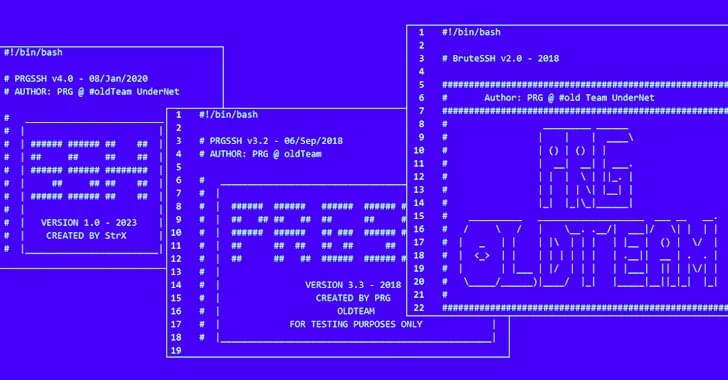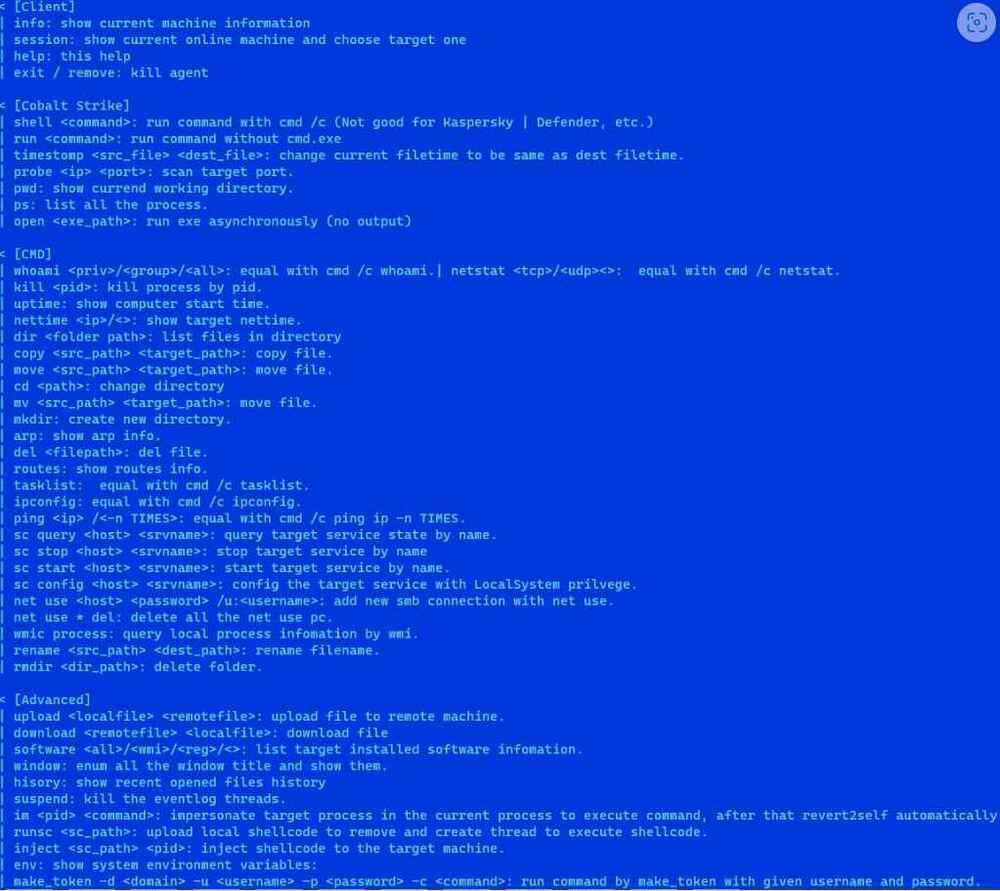
Google and Twitter ads are promoting sites containing a cryptocurrency drainer named ‘MS Drainer’ that has already stolen $59 million from 63,210 victims over the past nine months.
According to blockchain threat analysts at ScamSniffer, they discovered over ten thousand phishing websites using the drainer from March 2023 to today, with spikes in the activity observed in May, June, and November.
A drainer is a malicious smart contract or, in this case, a complete phishing suite designed to drain funds from a user’s cryptocurrency wallet without their consent.


















